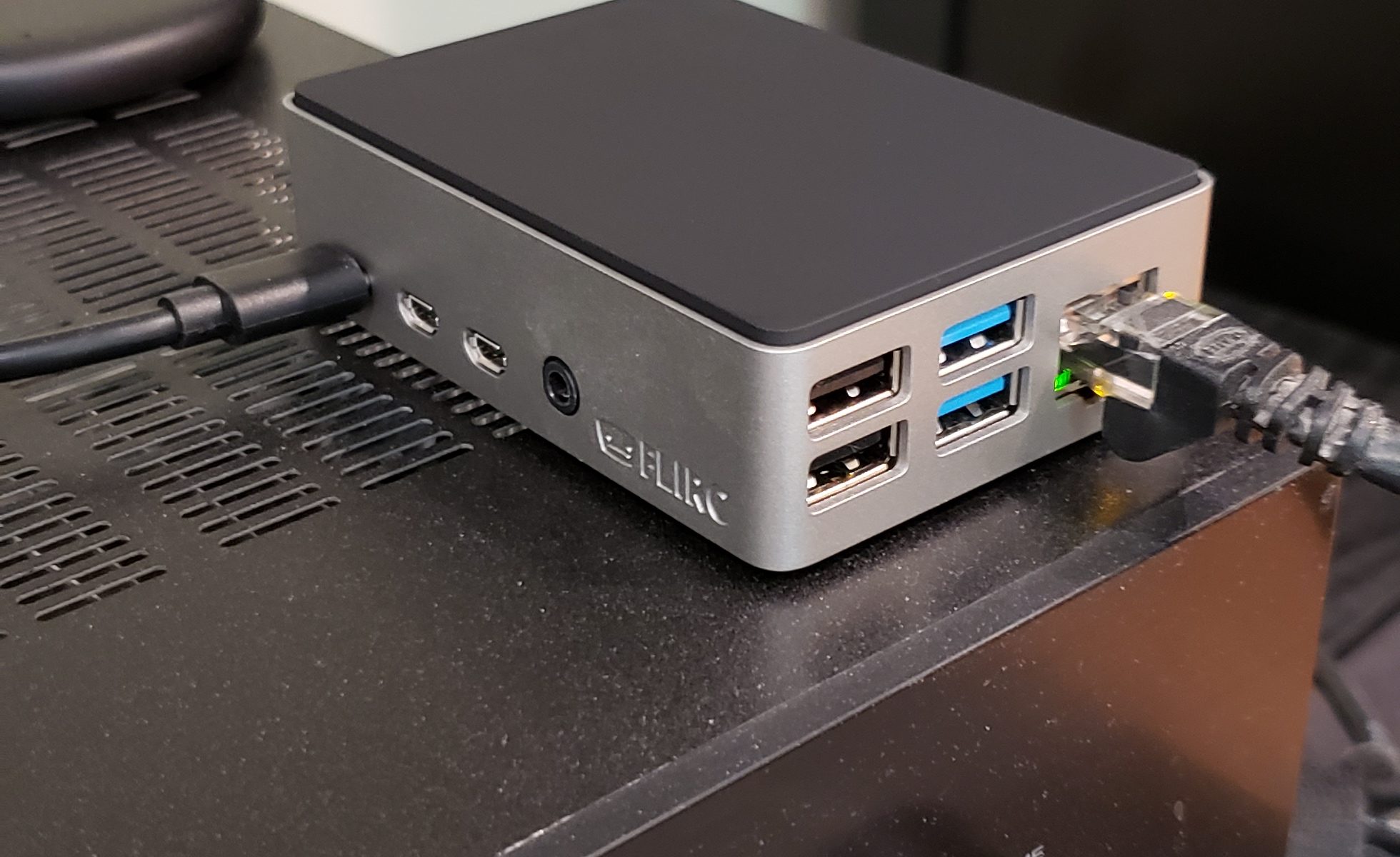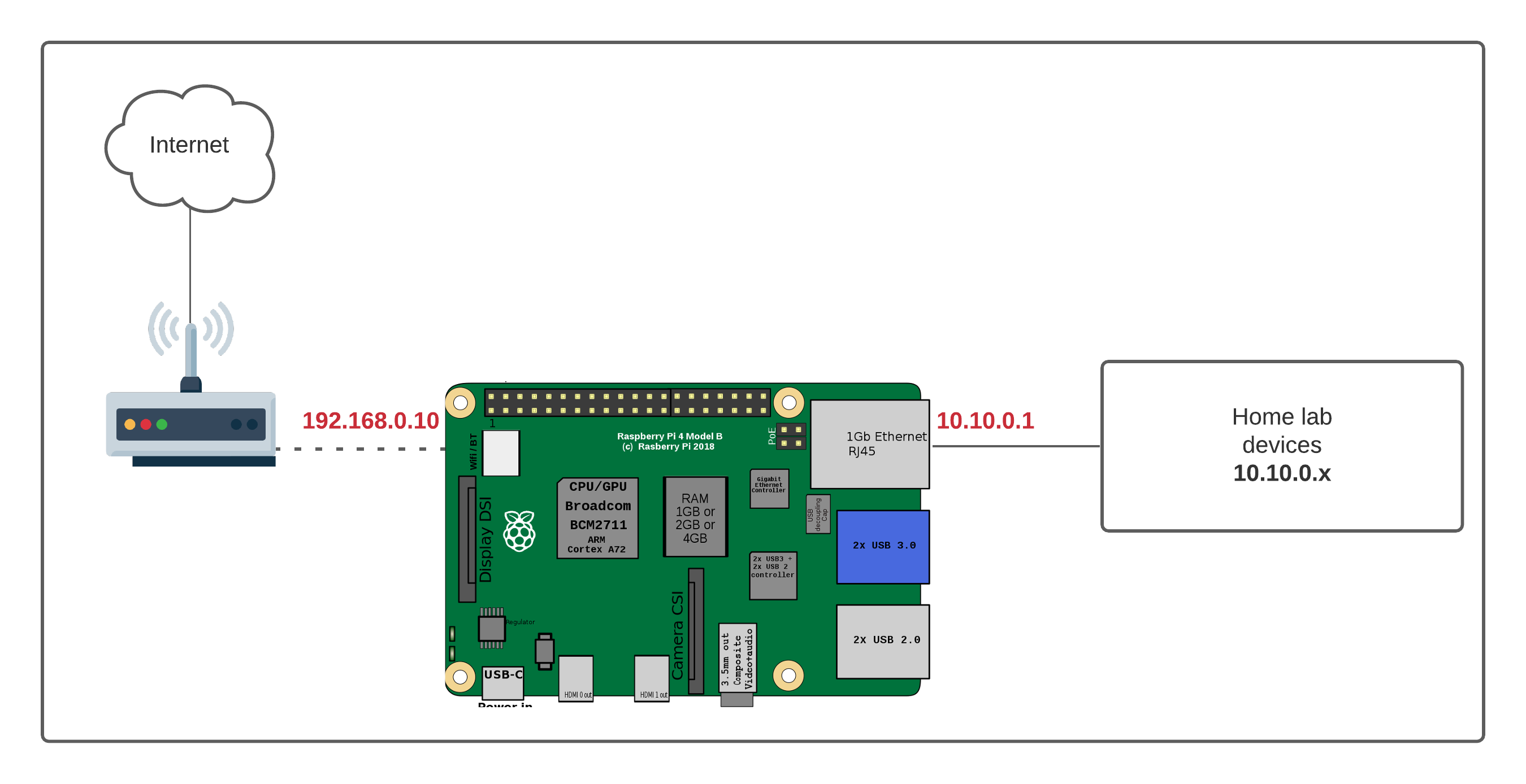Mastering Raspberry Pi Remote Access Behind Router On Windows 10
Let’s be real here—remote access is one of the coolest things you can do with a Raspberry Pi. Imagine being able to control your tiny little computer from anywhere in the world, all from the comfort of your Windows 10 desktop. Sounds like sci-fi, right? Well, it’s not! With a bit of know-how and some clever setup, you can easily configure Raspberry Pi remote access behind your router without breaking a sweat.
Now, before we dive headfirst into this rabbit hole, let’s set the stage. If you’ve been tinkering with Raspberry Pi for a while, you probably already know how versatile and powerful these little devices are. But what if you want to access your Pi remotely? Maybe you’re running a home server, automating your smart home, or just want to show off your coding skills to a friend across the globe. Whatever the reason, remote access is your ticket to unlocking the full potential of your Raspberry Pi.
And don’t worry if you’re new to this whole remote access thing. We’ve got you covered. This guide will walk you through everything you need to know to get your Raspberry Pi up and running behind your router, accessible from any Windows 10 machine. From setting up SSH to configuring port forwarding, we’ll cover it all. So grab a cup of coffee, sit back, and let’s get started!
- Discovering Lara Rose Onlyfans A Comprehensive Guide
- Laila Jenner The Inspiring Journey Of A True Icon
Why Raspberry Pi Remote Access Matters
Here’s the deal—Raspberry Pi is more than just a hobbyist’s toy. It’s a powerhouse capable of running servers, hosting applications, and even controlling IoT devices. But what happens when you’re not physically near your Pi? That’s where remote access comes in.
Remote access allows you to control your Raspberry Pi from anywhere, as long as you have an internet connection. Whether you’re debugging code, managing files, or monitoring system performance, being able to do it remotely saves you time and effort. Plus, it’s just plain cool to show off to your tech-savvy friends!
Benefits of Remote Access for Raspberry Pi
Let’s break down why remote access is such a game-changer:
- Movierulz 18 The Ultimate Guide To Navigating Adult Movie Platforms
- 9xflix Gujarati Movie Download Mp4moviez The Ultimate Guide For Film Enthusiasts
- Convenience: No need to physically sit in front of your Pi every time you want to make changes.
- Flexibility: Access your Pi from any device with an internet connection, including your Windows 10 PC.
- Automation: Set up scripts and automate tasks without needing constant supervision.
- Security: With the right setup, you can ensure your Pi remains secure while still being accessible remotely.
Understanding the Basics of Raspberry Pi Remote Access
Before we jump into the technical stuff, let’s get a handle on the basics. Remote access works by creating a secure connection between your Raspberry Pi and your Windows 10 machine. This connection allows you to send commands, transfer files, and interact with your Pi as if you were sitting right in front of it.
There are several methods for achieving remote access, but the most common ones involve SSH (Secure Shell) and VNC (Virtual Network Computing). SSH is great for command-line tasks, while VNC lets you access the graphical interface of your Pi. Depending on your needs, you might choose one over the other—or even use both!
Key Concepts to Know
Here are a few terms you’ll encounter as you dive into Raspberry Pi remote access:
- SSH: A secure protocol for accessing command-line interfaces over a network.
- VNC: A graphical remote desktop protocol that allows you to see and control the screen of another computer.
- Port Forwarding: A technique used to direct incoming traffic from the internet to a specific device on your local network.
- Router: The device that manages your home network and connects you to the internet.
Setting Up SSH on Your Raspberry Pi
SSH is the backbone of Raspberry Pi remote access. It’s a secure way to connect to your Pi’s command-line interface from any device on your network—or even from the internet. Setting it up is easier than you might think.
First, you’ll need to enable SSH on your Raspberry Pi. To do this, open the Raspberry Pi Configuration tool by typing `sudo raspi-config` in the terminal. Navigate to the “Interfacing Options” menu, select SSH, and enable it. That’s it! SSH is now ready to go.
Connecting to Your Pi via SSH
Now that SSH is enabled, it’s time to connect. On your Windows 10 machine, download and install PuTTY, a popular SSH client. Once installed, open PuTTY and enter your Pi’s local IP address (usually something like 192.168.1.100). Hit “Open” and you’ll be prompted for your Pi’s username and password. Voilà—you’re in!
Configuring Port Forwarding on Your Router
Here’s where things get a bit tricky. To access your Raspberry Pi from outside your home network, you’ll need to configure port forwarding on your router. This tells your router which device on your network should receive incoming traffic on a specific port.
Log in to your router’s admin panel (usually by typing 192.168.0.1 or 192.168.1.1 into your browser). Look for the “Port Forwarding” or “Virtual Server” section and add a new rule. Set the external port to 22 (the default SSH port) and the internal IP address to your Pi’s local IP. Save the changes and you’re good to go.
Troubleshooting Port Forwarding
If you’re having trouble with port forwarding, here are a few tips:
- Double-check your router’s settings to ensure the port forwarding rule is correct.
- Make sure your Pi’s IP address is static so it doesn’t change unexpectedly.
- Test the connection using a tool like CanYouSeeMe.org to verify that the port is open.
Using VNC for Graphical Remote Access
While SSH is great for command-line tasks, sometimes you need to see the graphical interface of your Raspberry Pi. That’s where VNC comes in. VNC allows you to remotely control your Pi’s desktop, complete with mouse and keyboard input.
To set up VNC, install the RealVNC server on your Raspberry Pi by running `sudo apt-get install realvnc-vnc-server`. Once installed, enable the VNC service in the Raspberry Pi Configuration tool. On your Windows 10 machine, download and install the RealVNC Viewer. Enter your Pi’s local IP address and log in using your Pi’s credentials.
VNC vs. SSH: Which Should You Use?
Both VNC and SSH have their strengths. Use SSH when you need to run commands or manage files from the command line. Use VNC when you need to interact with the graphical interface of your Pi. It’s not uncommon to use both depending on the task at hand.
Securing Your Raspberry Pi Remote Access
Security is paramount when it comes to remote access. After all, you don’t want random strangers poking around in your Raspberry Pi. Fortunately, there are several steps you can take to lock things down.
Start by changing the default SSH port from 22 to something less obvious. This makes it harder for attackers to find your Pi. Next, enable two-factor authentication (2FA) for added security. Finally, consider using a firewall to restrict access to only trusted IP addresses.
Best Practices for Securing Your Pi
Here are a few best practices to keep your Raspberry Pi safe:
- Change the default SSH port to something unique.
- Use strong, unique passwords for your Pi’s user accounts.
- Enable two-factor authentication for SSH access.
- Regularly update your Pi’s software to patch security vulnerabilities.
Advanced Techniques for Raspberry Pi Remote Access
Once you’ve mastered the basics, it’s time to level up your remote access game. There are several advanced techniques you can use to make your setup even more powerful and secure.
One popular method is using a reverse SSH tunnel. This allows you to connect to your Pi even if it’s behind a restrictive firewall or NAT. Another option is setting up a Dynamic DNS service, which gives your Pi a consistent hostname that’s easier to remember than an IP address.
Dynamic DNS for Easy Access
Dynamic DNS (DDNS) is a lifesaver if your internet service provider assigns you a dynamic IP address. Services like No-IP or DuckDNS let you associate a hostname with your Pi’s IP address, so you can connect to it using a friendly name instead of a string of numbers.
Real-World Applications of Raspberry Pi Remote Access
So, why bother with all this remote access stuff? Because it opens up a world of possibilities for your Raspberry Pi projects. Here are just a few examples:
- Running a personal cloud server for file storage and sharing.
- Managing a home automation system from anywhere in the world.
- Monitoring security cameras or environmental sensors in real-time.
- Hosting a web server or blog for your personal or professional use.
Success Stories from the Raspberry Pi Community
Check out what other Raspberry Pi enthusiasts are doing with remote access:
- One user set up a remote weather station that uploads data to a public website.
- Another built a smart home dashboard that can be accessed from their phone or laptop.
- Some even use their Pi as a remote development environment for coding on the go.
Conclusion: Taking Your Raspberry Pi to the Next Level
And there you have it—everything you need to know to set up Raspberry Pi remote access behind your router on Windows 10. From enabling SSH to configuring port forwarding, we’ve covered all the bases to help you take full control of your Pi from anywhere in the world.
Remember, security is key. Always take steps to protect your Pi from unauthorized access, and don’t be afraid to experiment with advanced techniques like reverse SSH tunnels or Dynamic DNS. The possibilities are endless, and the only limit is your imagination.
So what are you waiting for? Fire up your Raspberry Pi, grab your Windows 10 machine, and start exploring the world of remote access. And when you’re done, be sure to share your experiences in the comments below. Happy tinkering!



Detail Author:
- Name : Prof. Braeden Ward
- Username : ruecker.fred
- Email : caroline.spencer@mccullough.net
- Birthdate : 1970-01-15
- Address : 746 Derek Square Apt. 039 Evelinemouth, TX 85501
- Phone : 1-410-570-5879
- Company : Dare, Kassulke and Lebsack
- Job : Pewter Caster
- Bio : Et sed et minima illum. Iure repellat provident quia id. Consequuntur sunt deleniti occaecati qui odit tempore aliquam. Explicabo odit mollitia voluptas distinctio.
Socials
linkedin:
- url : https://linkedin.com/in/cayla_prohaska
- username : cayla_prohaska
- bio : Ad delectus quae corrupti et nihil amet.
- followers : 2052
- following : 2891
tiktok:
- url : https://tiktok.com/@cayla.prohaska
- username : cayla.prohaska
- bio : Modi est debitis amet. Distinctio sed fuga et necessitatibus totam eum.
- followers : 5507
- following : 460